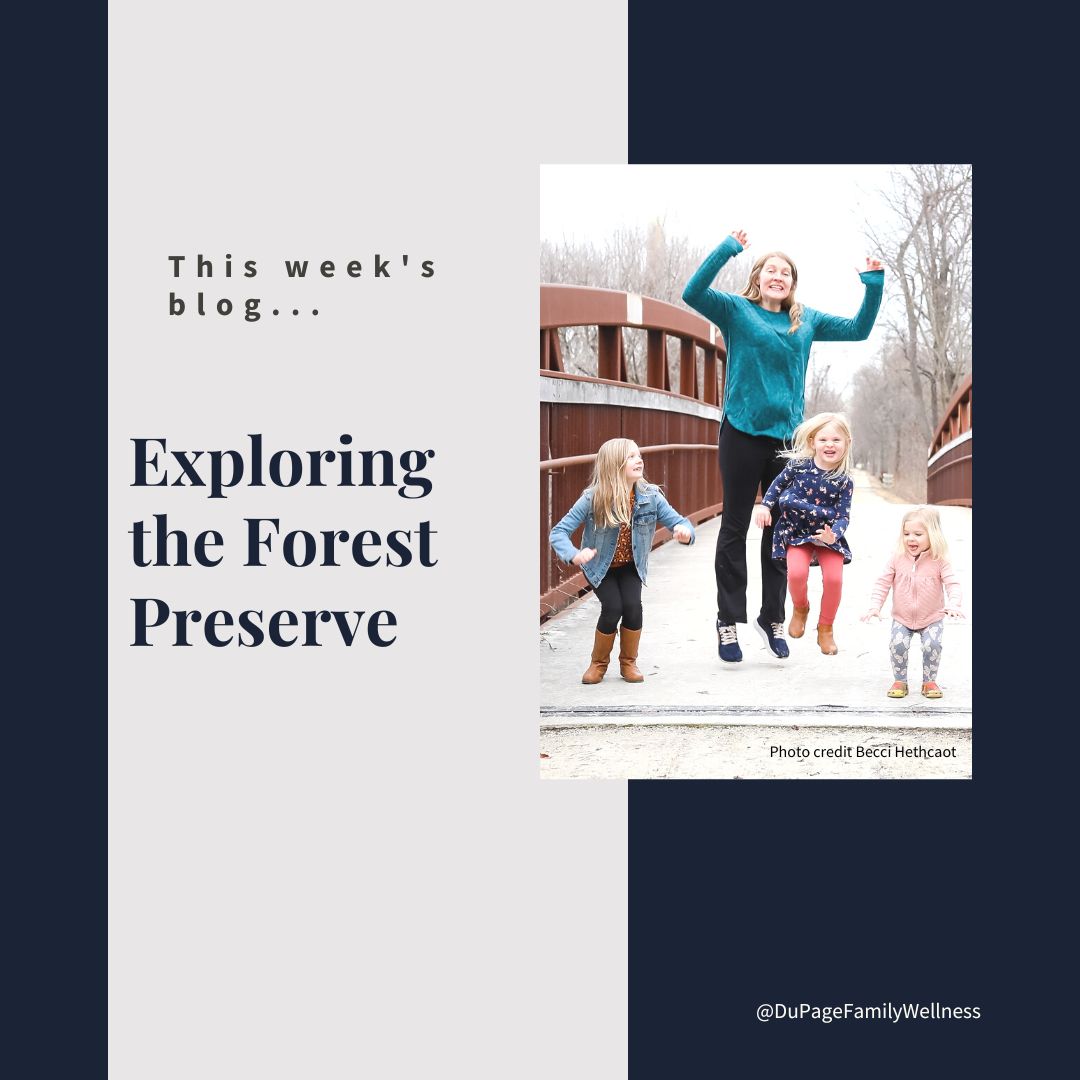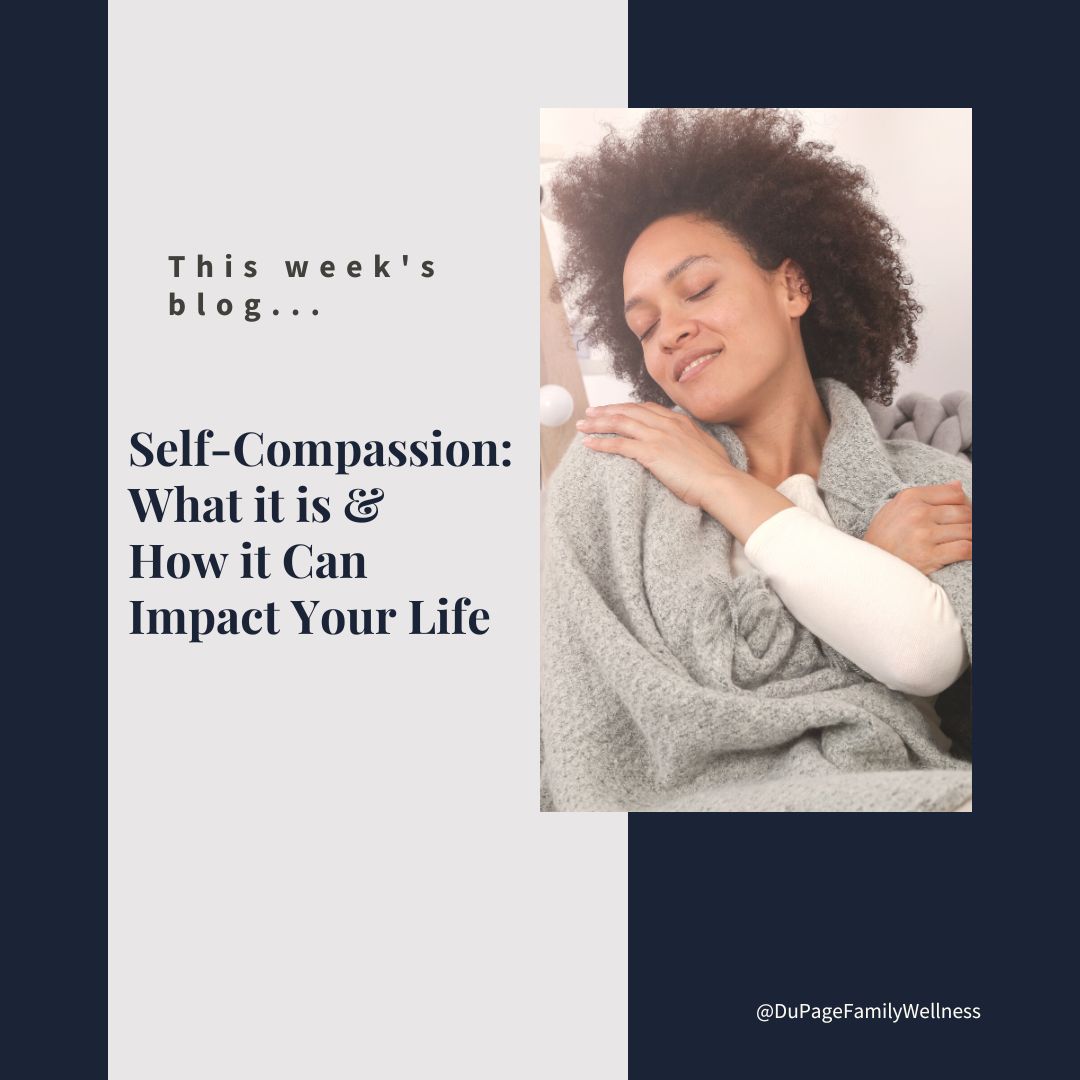 The National Sleep Foundation recommends that adults get between 7-9 hours of sleep each night. If you don’t get seven hours, take a minute to add up the sleep deficit you will acquire over the course of a year.
The National Sleep Foundation recommends that adults get between 7-9 hours of sleep each night. If you don’t get seven hours, take a minute to add up the sleep deficit you will acquire over the course of a year.
For example, if you sleep 6 hours a night you are under the ideal by 1-3 hours each night. Over the course of a year that adds up to 365-1095 hours, meaning you are literally 2-5 weeks behind on sleep each year.
Lack of sleep lowers your immune system, mental clarity, musculoskeletal growth, energy, stress tolerance, and insulin levels. It increases your risk of obesity, diabetes, inflammation, cardiovascular disease, hypertension, and psychiatric disorders.
So, let’s talk about good quality sleep and how to get it.
Sleep Hygiene
Organizing your day and environment in a way that sets you up for a great night’s sleep is referred to as sleep hygiene. But remember, no amount of sleep hygiene will help if you don’t allow enough time for sleep!
- Get bright natural light in the morning (use a light machine when natural light isn't available)
- Make your room completely dark when you go to bed (room darkening shades, an eye mask, covering the alarm, etc.)
- Limit blue light in the evening (computers, smartphones, television, etc.)
- Move your body throughout the day (take the stairs, go for a walk, work out, stand while talking on the phone, etc.)
- Listen to your stomach (you may benefit from a light dinner, bedtime snack, or meal with more carbs and fat)
- Limit coffee and soda (especially later in the day)
- Practice stress management techniques (deep breathing, meditation, yoga, getting together with friends, etc.)
- Use your room only for sleep and sex
- Control the temperature of the room (often a cool temperature is best)
- Monitor the noise level (do you prefer soft noise or silence)
- Keep a “lizard brain treat” by your bed if you wake up often (Dr. Kristen Allott recommends keeping a snack of sugar and protein on your nightstand. Sugar gets to your brain almost immediately, reducing the adrenaline. Protein extends the amount of time before you need to refuel.)
Sleep Duration
Pay attention to when you tend to go to sleep and the time that you wake up without an alarm. Each morning at the same time after waking up, take the reaction time test here.
Read more ...
 During times of stress, our bodies are designed to go into a state of fight, flight, or freeze. While these stress responses are beneficial during a time of crisis, we were not meant to be in them long-term.
During times of stress, our bodies are designed to go into a state of fight, flight, or freeze. While these stress responses are beneficial during a time of crisis, we were not meant to be in them long-term.
Staying in a stress response for a long period of time is detrimental to our health in many ways. Inflammation, poor digestion, high blood pressure, and increased glucose levels may result. Your immune system's response will be negatively impacted.
By reducing the amount of stress and increasing your capacity to handle unavoidable stress, you can help regulate your nervous system so you can stay balanced.
Let’s look at some stress management techniques that you can use today.
Grounding
Grounding is simply bringing your awareness back to the present moment by drawing your attention to your body and surroundings. It is helpful for handling stress since most of our concerns are about things in the past or future.
Simply closing your eyes and paying attention to your breath brings you back to the moment. Thoughtfully looking at things in your surroundings or noticing sensory input can be an effective tool as well. The key is the intention and awareness behind the action.
For directed grounding exercises check out the following…
Social Connection
Positive social cues are good for your physical health. Warm connections lead to the activation of the parasympathetic nervous system reducing stress. This is often referred to as co-regulation of the nervous system where healing takes place.
So, connect with others by…
- getting together with a friend.
- calling your loved ones.
- using video calls to be face-to-face with those who live at a distance.
- texting someone you’ve been thinking about.
- smiling at those you walk by through the day.
- getting to know your co-workers.
- joining a club or organization (book club, sports team, religious organization, etc.)
Enjoyable Activities
Choosing life-giving activities that you can engage in every day will offset some of the stress in your life.
You might want to…
- snuggle up with a book.
- go for a walk.
- take deep breaths of fresh air.
- listen to bird noises or other natural sounds.
- lay on the floor stretching.
- play with a pet.
- savor a small piece of dark chocolate.
- sit in silence.
- listen to music.
- spend time with those you enjoy.
- get a drink of water or make a cup of tea.
For more information check out Self-Care for Everyone.
Read more ...
 One of the best places for you to enjoy nature this fall is at a local forest preserve. We are lucky to have so many in the area. In fact, you could visit a new one each weekend for an entire year without seeing them all.
One of the best places for you to enjoy nature this fall is at a local forest preserve. We are lucky to have so many in the area. In fact, you could visit a new one each weekend for an entire year without seeing them all.
You may not have time to spend an entire day at one, but perhaps you could spend a couple of hours experiencing what one has to offer. Even a short stop on the way home from work can be refreshing.
Forest preserves are lovely places to connect with yourself, others, and nature. They are great for hiking, biking, horseback riding, reading, journaling, boating, walking your dog, or attending an event.
Let’s look at the unique opportunities they provide.
Exploring On Your Own
There are many things you can do at the local Forest Preserves with a friend or on your own. You don’t have to plan ahead, and most of the activities can be enjoyed fairly inexpensively.
- Blackwell Forest Preserve - take a walk, journal by the lake, race up Mt. Trashmore, or create your own adventure (boating, fishing, archery, camping. etc.).
- Herrick Lake - walk the path, sit on the dock, rent a boat, skip rocks, or have a picnic.
- Kline Creek Farm - look at the animals, visit the store, or swing on the double glider behind the house.
- Mallard Lake - explore the trails, go fishing, enjoy a picnic, or take your boat out.
- Waterfall Glen - hike the trails, go biking, walk your dog, or visit the waterfall.
- Pratt’s Wayne Woods - hike or bike 12 miles of trails, fish in five different lakes, picnic with friends, fly your model airplane or drone, or bring a non-profit youth group camping.
- Saint James Farm - enjoy art and architecture, take a stroll, enjoy a picnic, or ride your horse.
- Springbrook Prairie - fly your model airplane or drone, picnic with friends, bring your dog to the off-leash area, or enjoy the trails.
- West Branch - bring your boat, go on a hike, or fish in the Deep Quarry Lake.
- Willowbrook Wildlife Center - visit the animals at this wildlife rehabilitation center, explore the trails, or play in the discovery area for children.
*Be sure to check the forest preserves website to check for any permit requirements, etc.
Guided Experiences Available
If you want a unique perspective on the preserves with a group, consider signing up for one of the following programs.
Read more ...
 It can be a lot of fun to buy a new backpack each year. Little kids love to find ones with their favorite characters on them, while older kids may be trying to express themselves through the style. Either way, kids tend to focus on how it looks.
It can be a lot of fun to buy a new backpack each year. Little kids love to find ones with their favorite characters on them, while older kids may be trying to express themselves through the style. Either way, kids tend to focus on how it looks.
Many parents make sure there are enough pockets and a water bottle holder, but never think about how their child is wearing the backpack. A backpack is worn each day, so it is important to show your child some tips to make it comfortable and functional.
In addition to making the backpack more comfortable, it can protect your child’s back and prevent injury. Let’s look at some tips to start the year off right.
Straps
When your kids wear their backpacks, make sure the straps are snug. If the straps are too loose, the backpack will hang low. This causes an arch in the lower back that creates an unnatural forward posture putting a heavier load on the neck and shoulders.
Encourage your kids to use both straps. Using one strap can create an imbalance, especially if they use the same shoulder each day. As the weight of the backpack pulls on one shoulder, the body shifts to compensate. This leads to some muscle groups becoming weaker and others becoming tighter. Our posture should not be strongly affected by wearing a backpack. When the straps are tight and both straps are used, posture will be less affected.
Weight
Be sure not to overload the backpack. The weight of a full backpack should be less than 10-15% of the body weight of the person carrying it. So, don’t let them bring extra stuff that will weigh them down.
Have them put the heaviest items closest to their body with the straps tight. This makes the center of gravity closer to their back causing the backpack to feel lighter.
Features
It helps to buy a backpack that is lightweight and padded. Canvas is lighter than leather and won't weigh them down. Padding on the straps and in the lower back can redistribute the weight taking pressure off the neck and shoulders.
Using the chest buckle or waist strap also distributes the weight providing more support. This may not be necessary when classes are close together but can be useful when walking longer distances within the school or in transit to school.
Discomfort
Wearing a backpack should not cause discomfort. Try making these simple modifications if your child’s back, neck, or shoulder begins to hurt. If that doesn’t resolve the issue, give us a call.
Pain, especially in kids, is not a normal “back-to-school symptom” and should be taken care of as quickly as possible. The great thing about kids is that their bodies typically respond to treatment quickly.
Remember, these rules apply to adults as well! Keep them in mind whether you are traveling somewhere with your gear or carrying your laptop to the coffee shop.
Dr. Jamie
P.S. Another tip for the beginning of school is to shop for supplies early or online. Target's School List Assist makes online shopping simple. Just follow the link, put your zip code in the yellow box, and choose your child's school/grade. A list of needed supplies will pop up, and you can select the items you want from the list.
 Who do you turn to when life gets difficult? Think about the qualities that make you choose them in your time of need. Perhaps you don’t have that kind of friend. What would you need to see in a friend to be able to trust them in that manner?
Who do you turn to when life gets difficult? Think about the qualities that make you choose them in your time of need. Perhaps you don’t have that kind of friend. What would you need to see in a friend to be able to trust them in that manner?
The best thing about these friends is often your ability to be yourself without having to hide your failures or disappointment. They accept your experience as valid without judgment, showing kindness in every situation. In other words, they are compassionate.
So, let me ask you, are you that kind of friend to yourself? That’s right, most of us are more kind to others than we are to ourselves. We are patient and accepting of their struggles and failures while we beat ourselves up over ours.
Showing yourself the same level of care that you would show a good friend is called self-compassion. Let’s look at how that can make a difference in your life and find some practical ways to develop self-compassion.
What is Self-Compassion?
Author and associate professor, Kristen Neff, Ph.D. is recognized as one of the world’s most influential research psychologists. She explains that “having compassion for oneself is really no different than having compassion for others.”
Compassion literally means to “suffer with.” When we are compassionate we enter into someone’s suffering for a time. We don’t try to explain away the suffering, blame them for their suffering, or minimize it. We just let it be what it is, knowing that our compassion toward them will make a difference in their experience.
How Do You Treat Yourself?
Oftentimes, when we suffer we are not very kind to ourselves. We may try to push the feelings away, blame ourselves, or think our feelings are silly. Our experience is not one of acceptance and care.
Neff says that “self-compassion entails being warm and understanding toward ourselves when we suffer, fail, or feel inadequate, rather than ignoring our pain or flagellating ourselves with self-criticism.”
It involves treating yourself like a dear friend. How would you react to a friend in your situation? Would you berate them and tell them they were silly? Would you tell them to just get over it because it’s no big deal?
No, a good friend wouldn’t do any of those things, so don’t do it to yourself!
Components of Self-compassion
When we have self-compassion we give ourselves the care we would give to others. It involves…
Read more ...
 Children love to play outside - digging in the mud, picking wildflowers, walking barefoot, or simply lying in the grass. As we grow up we often lose this connection with the earth and the many benefits it provides.
Children love to play outside - digging in the mud, picking wildflowers, walking barefoot, or simply lying in the grass. As we grow up we often lose this connection with the earth and the many benefits it provides.
Since many of us don’t connect with the earth as part of our daily lives, we may need to be intentional about it. The practice of grounding has gained popularity in the holistic wellness community; even attracting the attention of some researchers.
Let’s look at this ancient practice and think about how we can engage in it today!
What is Grounding
Grounding is an ancient practice of putting the body in direct contact with the earth’s soil or water. The practice is based on the belief that we can draw from the earth's energy by picking up the free electrons on the earth's surface. These electrons act as antioxidants, pairing with free radicals to neutralize them.
There is no right or wrong way to do it. As long as your body is in contact with the natural world through substances that conduct these electrons you are grounding.
How to Ground
Most people think that you have to be barefoot for grounding, but there are some things that are conductive and won’t block the electrons.
Leather, copper, natural fibers (in clothes or blankets), concrete, and even metal are conductive materials. The following are some ideas of grounding that are enjoyable.
- Swimming in a lake or ocean.
- Sitting in the grass or on a stone.
- Going on a picnic with natural fiber clothes and blankets.
- Walk barefoot along the beach.
- Play in the dirt or sand.
- Walk in the rain.
- Go barefoot to get the mail or walk around the block (if walking on concrete).
- Eat a meal on your patio without your shoes.
- Climb or hug a tree.
- Work in your garden.
- Do a grounding activity that you enjoyed as a child.
- Petting a dog if you have one.
Recently, I have made a habit of going for a barefoot walk around my yard each morning. Standing in the rain for a few seconds is also a favorite. I look forward to these routines each day. It’s so refreshing!
Read more ...
 The National Sleep Foundation recommends that adults get between 7-9 hours of sleep each night. If you don’t get seven hours, take a minute to add up the sleep deficit you will acquire over the course of a year.
The National Sleep Foundation recommends that adults get between 7-9 hours of sleep each night. If you don’t get seven hours, take a minute to add up the sleep deficit you will acquire over the course of a year. 

 During times of stress, our bodies are designed to go into a state of fight, flight, or freeze. While these stress responses are beneficial during a time of crisis, we were not meant to be in them long-term.
During times of stress, our bodies are designed to go into a state of fight, flight, or freeze. While these stress responses are beneficial during a time of crisis, we were not meant to be in them long-term.  One of the best places for you to enjoy nature this fall is at a local forest preserve. We are lucky to have so many in the area. In fact, you could visit a new one each weekend for an entire year without seeing them all.
One of the best places for you to enjoy nature this fall is at a local forest preserve. We are lucky to have so many in the area. In fact, you could visit a new one each weekend for an entire year without seeing them all. It can be a lot of fun to buy a new backpack each year. Little kids love to find ones with their favorite characters on them, while older kids may be trying to express themselves through the style. Either way, kids tend to focus on how it looks.
It can be a lot of fun to buy a new backpack each year. Little kids love to find ones with their favorite characters on them, while older kids may be trying to express themselves through the style. Either way, kids tend to focus on how it looks.  Who do you turn to when life gets difficult? Think about the qualities that make you choose them in your time of need. Perhaps you don’t have that kind of friend. What would you need to see in a friend to be able to trust them in that manner?
Who do you turn to when life gets difficult? Think about the qualities that make you choose them in your time of need. Perhaps you don’t have that kind of friend. What would you need to see in a friend to be able to trust them in that manner? Children love to play outside - digging in the mud, picking wildflowers, walking barefoot, or simply lying in the grass. As we grow up we often lose this connection with the earth and the many benefits it provides.
Children love to play outside - digging in the mud, picking wildflowers, walking barefoot, or simply lying in the grass. As we grow up we often lose this connection with the earth and the many benefits it provides.